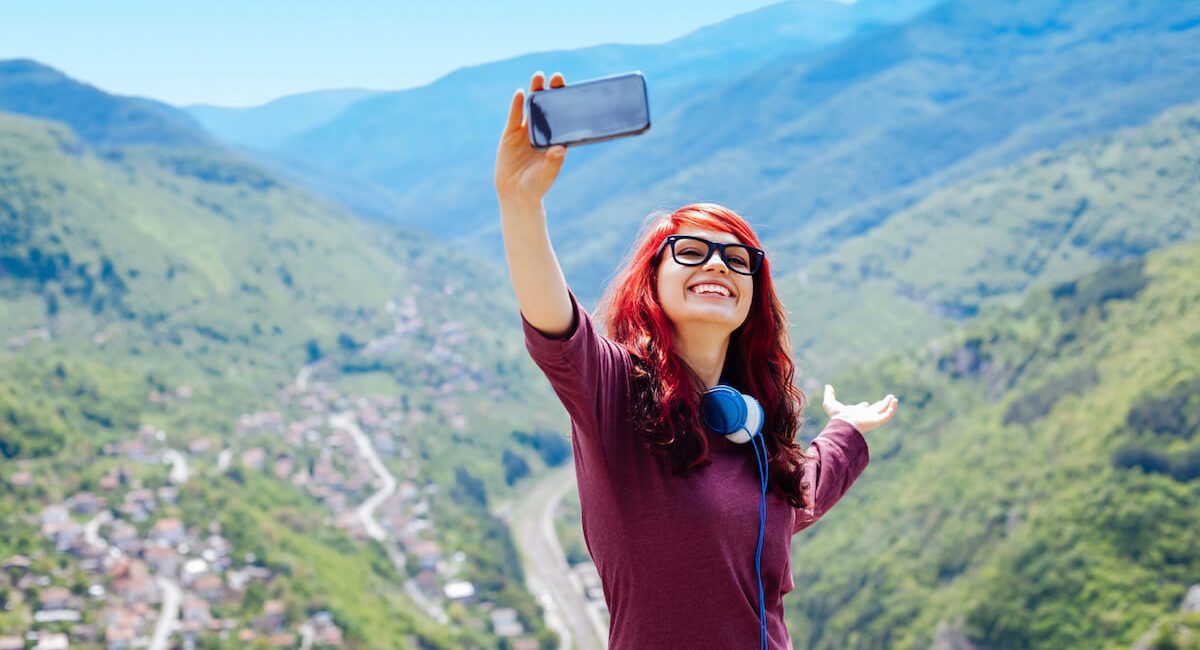Hawai’i Volcanoes National Park.
By National Geographic
Vast flows of solidified lava sprawl across Hawai’i Volcanoes National Park, a blackened, primordial calling card from the park’s most illustrious resident, the Hawaiian fire goddess Pele. Said to dwell in Kilauea, one of two volcanoes here that are among the world’s most active, Pele has been a busy lady. Since 1986, hundreds of acres of new land have been created by molten rock welling up from deep inside Earth and spilling, hissing and steaming, into the Pacific Ocean. “Lots of visitors come for the lava,” says Clarence “Aku” Hauanio, the third of four generations of his family to have worked at the 520-square-mile Big Island park, which celebrates its centennial in 2016. “But there is so much more—the coast, the rain forest, the thousands of petroglyphs made by ancient Hawaiians, all the different plants and animals found nowhere else but Hawaii. You could work here for 29 years, like me, and still see something new every day.” —Christopher Hall Travel Tips When to Go: Mid-March through May, and September and October for lower rates and lighter crowds; expect some rain any day. How to Get Around: The national park is located on the east side of the island, about 30 miles southwest of Hilo International Airport. Rent a car at the airport to tour the park’s two scenic routes: Crater Rim Drive and Chain of Craters Road. Or book a guided tour like Hawaii Forest and Trail‘s Volcano by Air and Land experience. The ten-hour excursions include hikes in the park and a helicopter ride. Where to Stay: Sleep in the park at the 33-room Volcano House, built in 1941 (and completely renovated in 2012-13) at the rim of Kilauea Caldera. Book early to snag one of the coveted Crater View rooms. Rates include use of cruiser bikes (first come, first served), guided walking tours in the park, and unobstructed Halema’uma’u Crater vistas from the glassed-in porch. Where to Eat or Drink: On the drive from Kailua-Kona to the park, stop at Punalu’u Bake Shop and Visitor Center for Hawaii Island-grown Ka’u coffee and fresh Hawaiian sweetbread (offered in traditional, taro, guava, and other flavors) or malasadas (light and sugary Portuguese-style donuts). What to Buy: At the Volcano Art Center Gallery located near the Kilauea Visitor Center, every handcrafted piece for sale “interprets the park through art.” The selection typically includes ceramics, glass sculptures, jewelry, baskets, fiber arts, and furniture. In Volcano Village, clay masks inspired by the Hawaiian rain forest and other originals by local artists are displayed at Volcano Garden Arts. What to Read Before You Go: Explore the Geology of Kilauea Volcano (Hawaii Pacific Parks, 2015), the newly revised field guide by U.S. Geological Survey volcanologist Richard Hazlett, includes expert tips on what to look for when visiting Hawai’i Volcanoes National Park. Helpful Links: Hawai’i Volcanoes National Park, Friends of Hawai’i Volcanoes National Park, and Hawaii Tourism Fun Fact: When Hawaii National Park was established in 1916, the only areas protected on Hawaii Island were the summits of Kilauea and Mauna Loa. (Maui’s Haleakala was included, as well, and became a separate park in 1961.) Today, the park spans 333,086 acres of Hawaii Island and includes seven ecological zones: seacoast, lowland, mid-elevation woodland, rain forest, upland forest, subalpine, and alpine. Travel With Us: Experience the Wonders of Hawaii
This excellent article was originally published here – http://travel.nationalgeographic.com/travel/best-trips-2016
Advertisement
[contentblock id=travel-united-airlines]
Single Page Demo
Click on any of the profile photos below to see this page as Amy, Bella, Chloe, David, Eddie or Frank.
[contentblock id=bottom-of-post]










